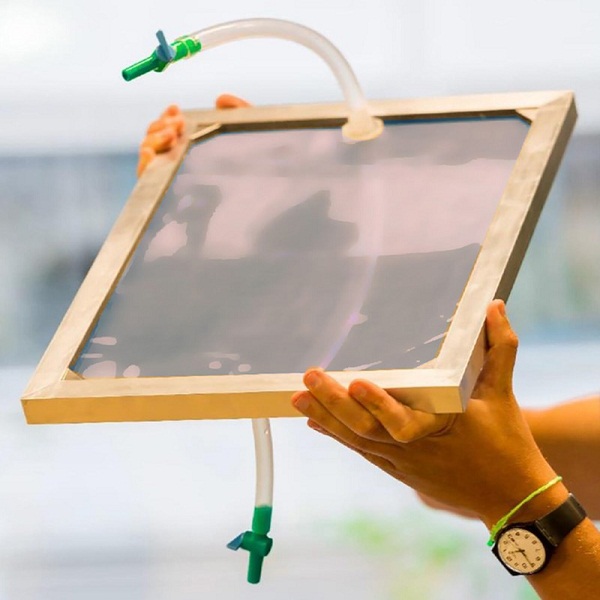Scientists have devised a new water purification filter that combines titanium dioxide (TiO2) nanowires and carbon nanotubes, powered by nothing more than sunlight.
Meanwhile, the United Nations Children’s Fund (Unicef) estimates that around 1,800 children die every day from diarrhoea because of unsafe water supply, which causes diseases such as cholera.
It has thus become imperative that efficient and cost-efficient ways to decontaminate water can be developed. With this need in mind, a team of scientists at Ecole Polytechnique Fédérale de Lausanne (EPFL), led by László Forró, has come up with a new water purification filter that combines titanium dioxide (TiO2) nanowires and carbon nanotubes powered by nothing more than sunlight.
The scientists have demonstrated that the TiO2 nanowires by themselves can efficiently purify water in the presence of sunlight. Interweaving the nanowires with carbon nanotubes forms a composite material that adds an extra layer of decontamination by pasteurising the water – killing off human pathogens such as bacteria and large viruses.
The idea is that when UV light – from the visible spectrum of sunlight – hits the filter, it causes it to produce a group of molecules called reactive oxygen species (ROS). These include hydrogen peroxide (H2O2), hydroxide (OH) and oxygen (O2-); known to be effective pathogen killers.
The researchers tested their device with E. Coli bacteria, the ‘gold-standard’ for bacterial survival studies, but it should work with other bacteria pathogens, such as Campylobacter Jejuni (a common diarrhoea-inducing pathogen in the developed world); Giardia Lamblia (a microorganism that causes the intestinal infection giardiasis); Salmonella; Cryptosporidium (which causes diarrhoeal cryptosporidiosis); the Hepatitis A virus, and Legionella Pneumophila (which causes Legionnaires’ disease).

“In a close collaboration between chemists, physicists and biologists, we have developed a very efficient water purification device which does not need any energy source but sunlight,” said Forró.
“Our prototype can supply clean drinking water even at remote places to small populations and could be easily scaled up. It is a great achievement and an important ‘side-product’ of this project is that it has attracted a large number of talented and motivated students who care for environmental issues, for sustainability”.
In the research paper – ‘Solar water purification with photocatalytic nanocomposite filter based on TiO2 nanowires and carbon nanotubes’ – published in the Nature partner journal Clean Water, the researchers showcase a prototype of the filter and make suggestions for further improvements.
“I am convinced that it will create a strong follow-up in versatile scientific communities and hopefully funding agencies,” added Endre Horváth, lead scientist on the project.
Source: E&T










